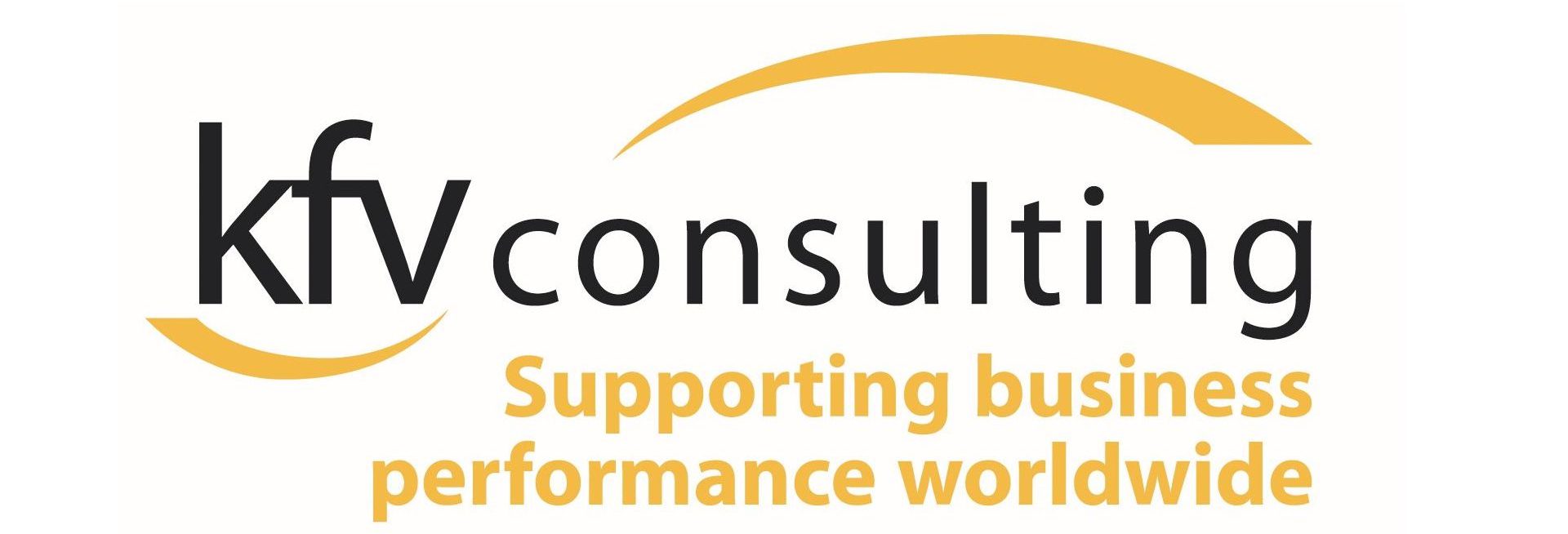Your business case for embracing the diversity and culture agenda
Issues covered:
A more diverse workforce will give a wider perspective. Negotiations will deliver new understanding of fundamental cultural differences in approach that may have eluded you. Your organisation will also be more capable of producing a rich variety of output that is innovatory, and more resonant, which will enable the business to embrace a wider range of targets…
Your Business Case for Embracing the Diversity and Culture Agenda – How to be most Effective
Twenty eight year old Vinod (alias) was the first person in his family to go to university and the first to take up a professional white-collar career. His father drives a Taxi in Delhi; his mother is a teacher. They had high aspirations for their three children.
Twenty seven year old Lian (alias) was the first person in her family to do a degree then take up a business career in the West. Her father is an artisan, her mother works for the Chinese Government.
Do they think their ethnicity has contributed to their current careers?
Explicitly, they probably do not. However, it does provide them with rich competencies to build on as Western organisations re-address the diversity imbalance.
Sense check?
Diversity is a red hot potato in businesses, especially in the West. However, in the East, there tends to be an over-riding belief among executives that it should be “their way or the high way”. Even, if this is not explicit behaviour, I have come across so many people in different Chinese or Asian who tend to superimpose Eastern business behaviours on to their Western counterparts.
It may be 2015, but Eastern industrialists have not woken up to the embarrassing fact that at higher levels their businesses are still male and middle class. At lower levels they are still predominantly middle class. Is it not interesting that great swathes of society should be excluded especially in this age of globalisation?
Other recent survey results are also quite surprising. In the UK, ten per cent of the workforce is non-white and 78 per cent of organisations are not representative ethnically. In the US, 32 per cent of the workforce is non-white and 97 per cent of senior managements do not represent this!
The hard truth is that some employers are unlikely to make diversity choices if they cost money. Post-recession, the focus is on recovery and making profit. So, it is even more important to have a business case in terms of improved quality and relevance of output.
Various studies have looked at gender. Last year, a study by Gallup looked at more than 800 business units and found that gender-diverse operations have 14 per cent higher average comparable revenue and 19 per cent higher average quarterly net profit than more homogenous operations. Another study found that gender-diverse teams in its organisation produced results five per cent better than homogenous teams.
The more intractable issue of ethnic diversity has still not been addressed meaningfully. In 2014, McKinsey attempted a first statistical study of the benefits of gender and ethnic diversity in the workplace. Its aim was to review the diversity of the board and senior executive level in organisations, then quantify the relationship between diversity and performance in terms of increased profitability.
The study considered 366 companies in the US, UK, Canada and Latin America. Statistically, it found a significant relationship between more diverse leadership and better financial performance. Specifically, companies in the top quartile for gender diversity were 15 per cent more likely to have higher than industry average financial returns. When it came to ethnic diversity, however, the likelihood of having higher than average industry returns more than doubled to 35 per cent. What is more, the study found that less diverse companies were 25 per cent less likely to be more profitable than their industry average. Simply, the more diverse the company, the more likely it is to make higher profits.
Some things to consider if you wish to achieve greater diversity?
Companies tend to be either good at either gender or ethnic diversity. There are a however a significant number of methods to align the two approaches and incorporate them into business as usual. It must be led from the top and not allocated to the domain of HR alone.
A more diverse workforce will give a wider perspective. Negotiations will deliver new understanding of fundamental cultural differences in approach that may have eluded you. Your organisation will also be more capable of producing a rich variety of output that is innovatory, and more resonant, which will enable the business to embrace a wider range of targets. Often, the best ideas are out of our comfort zones. Our normal human disposition is to avoid things which may be prove uncomfortable. So, diversity as a societal issue not simply a business issue should be tackled.
It is important to integrate understanding of others in the context of an organisation’s cultural positioning as well as gender and ethnic diversity plus individual style and behaviours. Encouraging exploration of “comfort zone” as a business driver is always helpful.
These studies did not look at the effect of diversity at middle management and junior levels. In the dot.com world companies are increasingly encouraging young, diverse workforces. Diversity effectively needs to be incorporated into continuity and succession planning- it is essential to develop a genuinely diverse workforce at every organisational level. Otherwise, the worst case scenario, it becomes “tokenism” or just window dressing.
The same drivers of performance apply to all industries. Greater diversity, properly embedded, will build the virtuous circle and eventually help to attract the best talent and provide a better understanding of a wider range of market segments.
Class is another area that has not yet been studied. At the start of this article, I gave two examples which may have caused a reaction. Race and class are intimately linked when it comes to exclusion. Class seems to modify people’s reaction to ethnicity and may even be a major driver behind the lack of ethnic diversity in businesses, East or West. Ethnic identity becomes less of a barrier when it’s concealed behind an acceptable accent and business dress sense.
There are, of course, many other dimensions of diversity: sexuality, religion, region of origin, age, physical and mental disability and even personality type. One of the most important findings is that for all its benefits, diversity does not just happen.
Success will not come from a memo or end with the recruitment of a few individuals from target groups. It is essential that companies have a robust transformation programme with an implementation plan that incorporates how to embed diversity. The programme also will need to explicitly address unconscious bias.
Typically, at Satamana, we find that it is first important to incorporate genuine aspirations for diversity in all its dimensions into the organisational strategy. This requires visible commitment from the leadership team and will not happen overnight.
So, how is this different from other organisational transformation programmes? It puts diversity at its core – understanding the desired organisational culture and how this may be interpreted in other locations. This is not about ensuring that there are a whole range of nationalities in the workforce. It is also about understanding these different cultures and how they interact with your desire business culture. We have found that an agenda which incorporates a series of support activities implemented over time, sensitively and with genuine curiosity will deliver significant results.
My best advice? Reframe diversity as a business growth opportunity for your organisation.
This article is correct at August 2020

